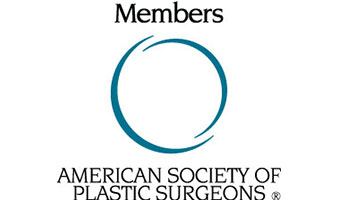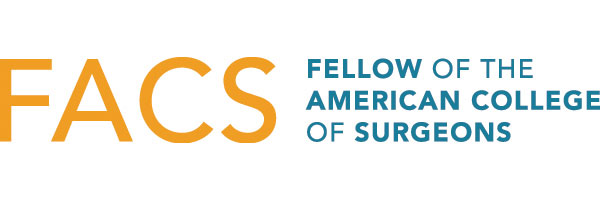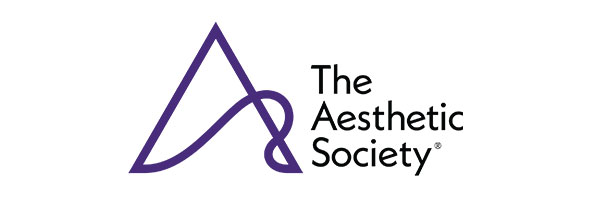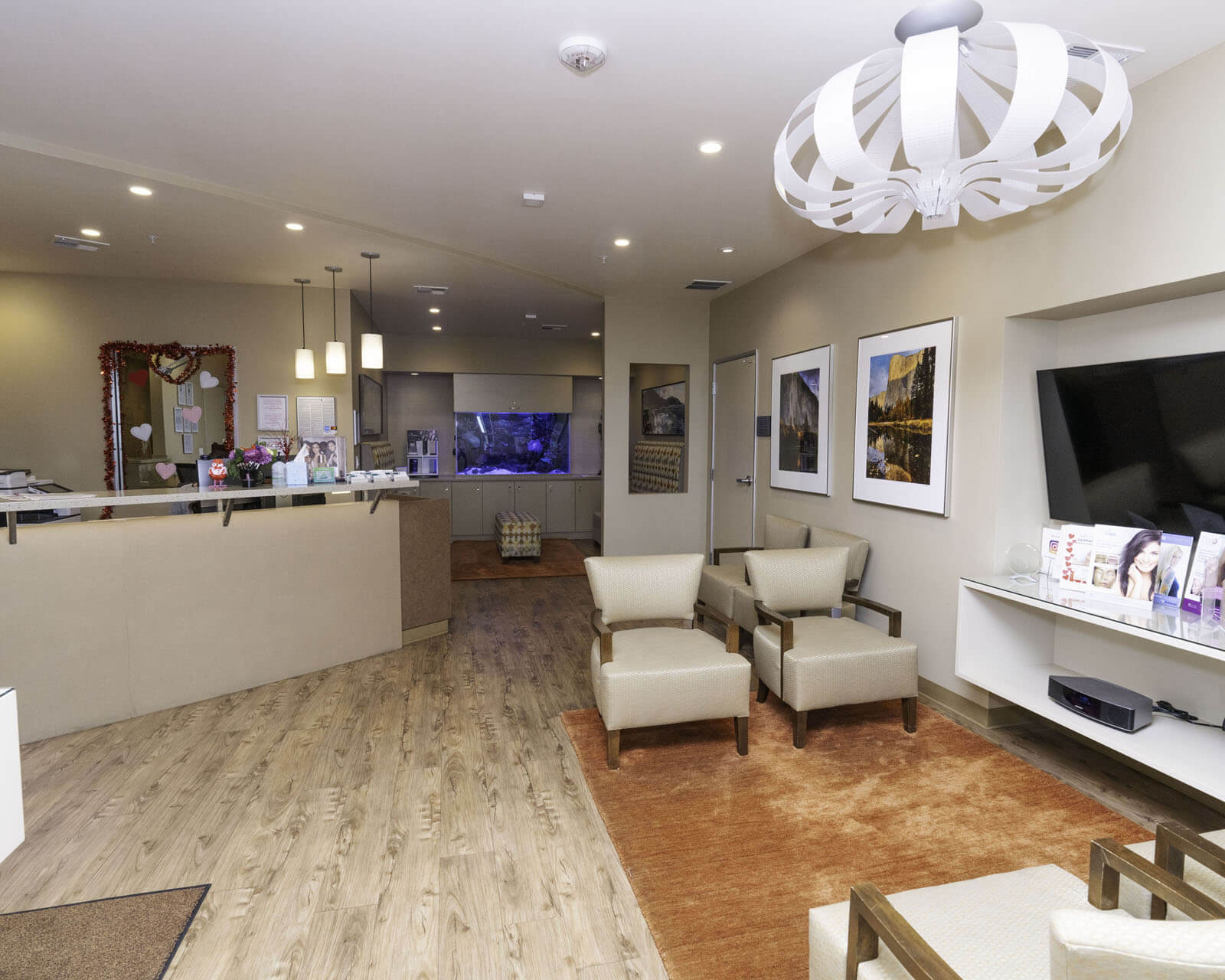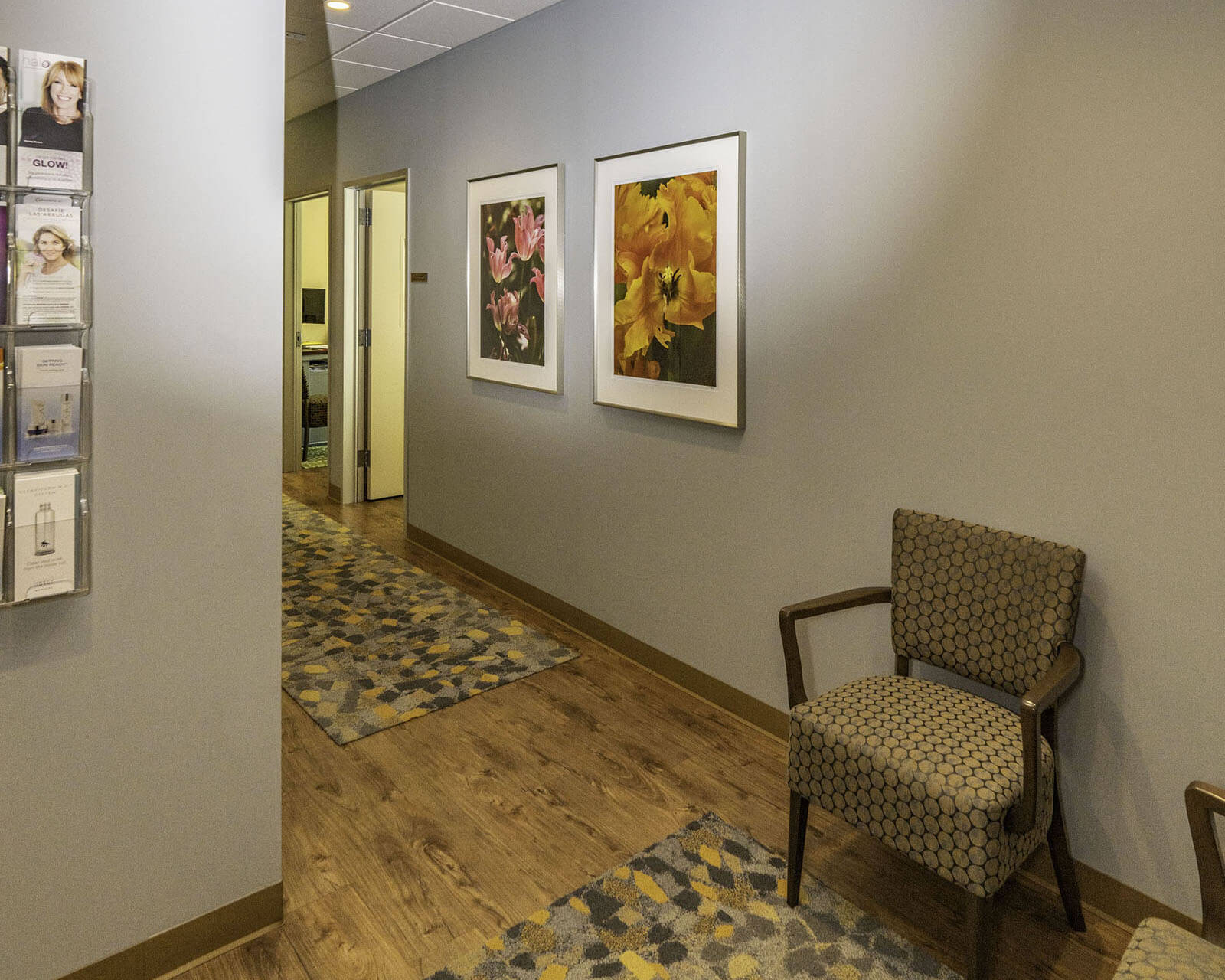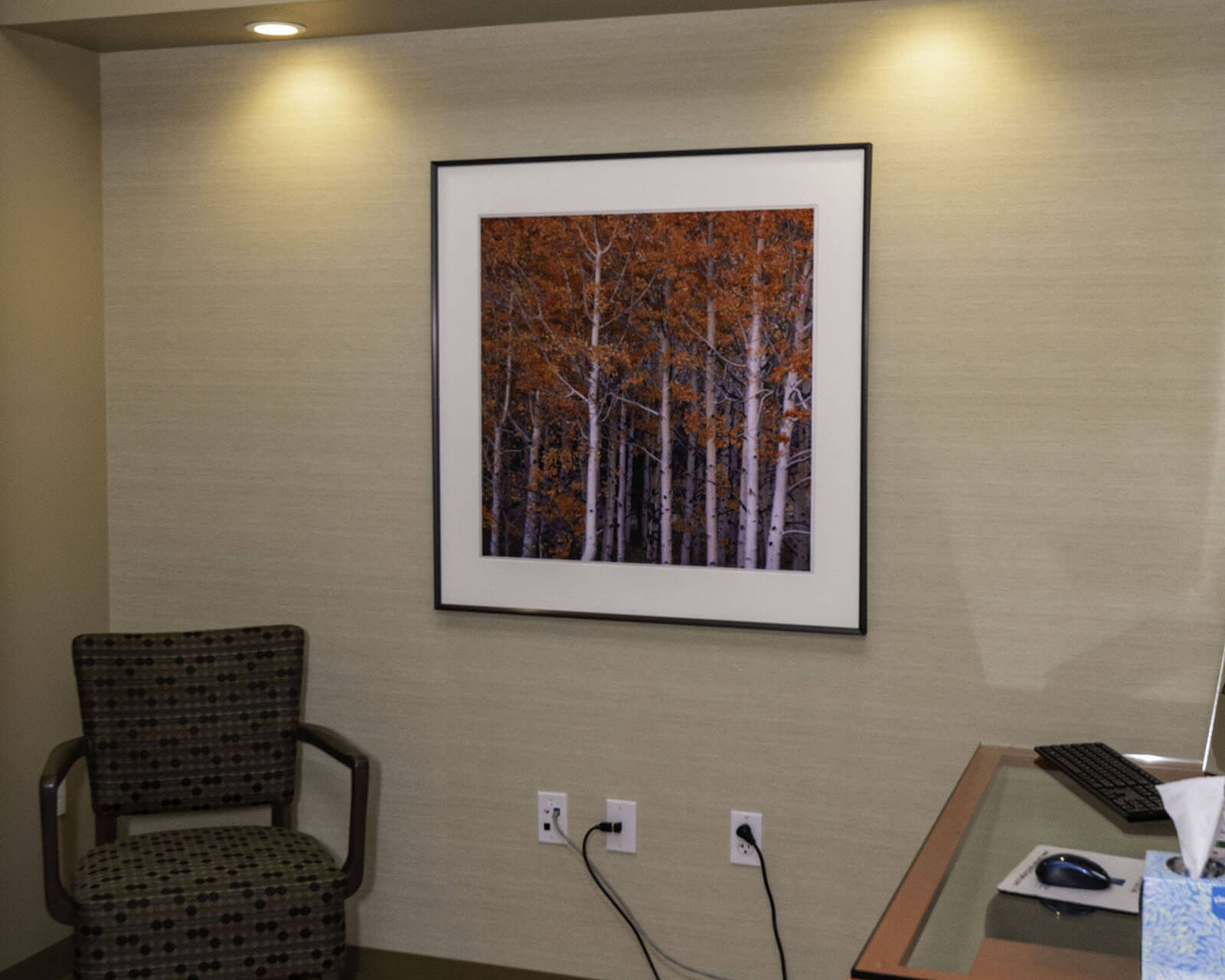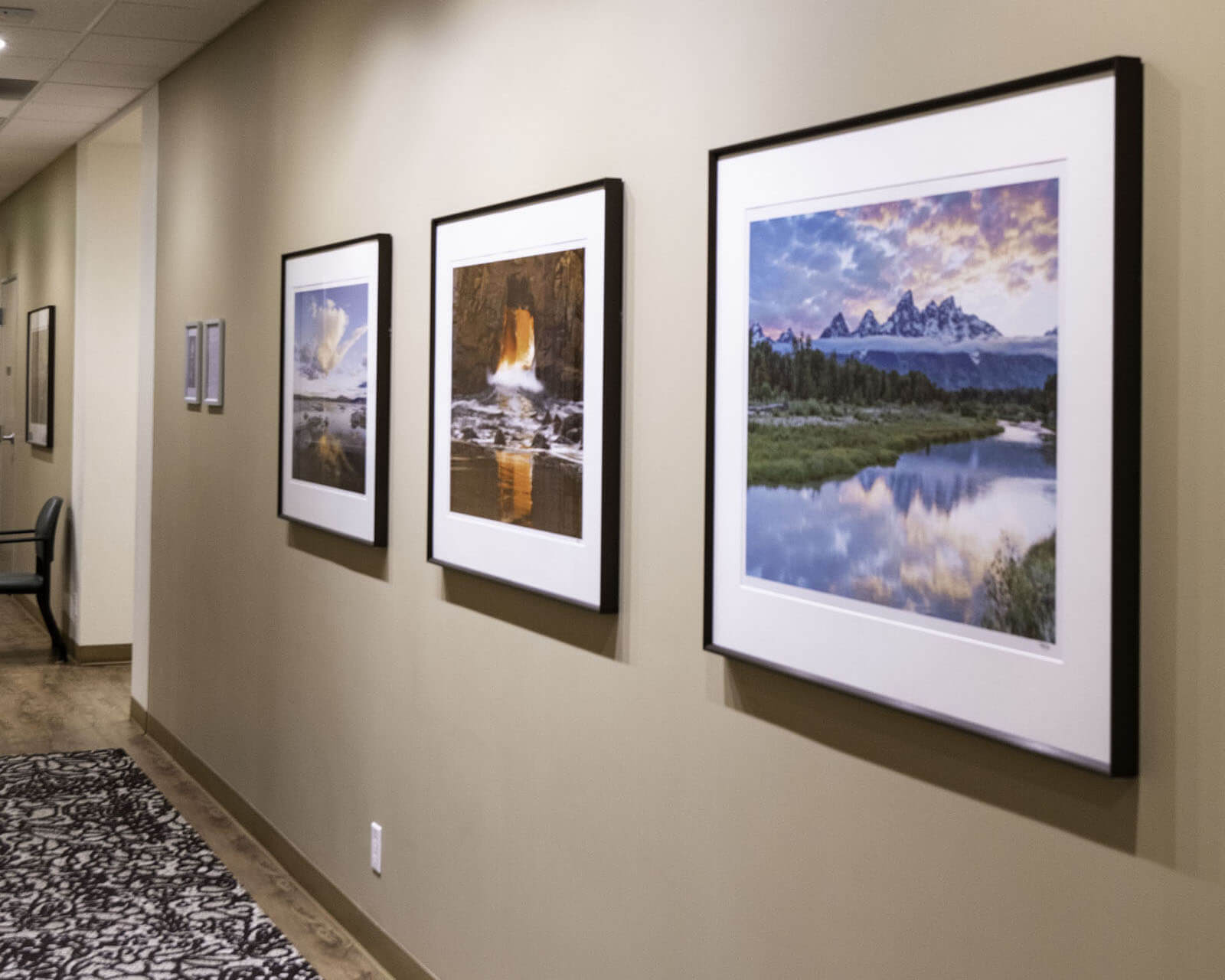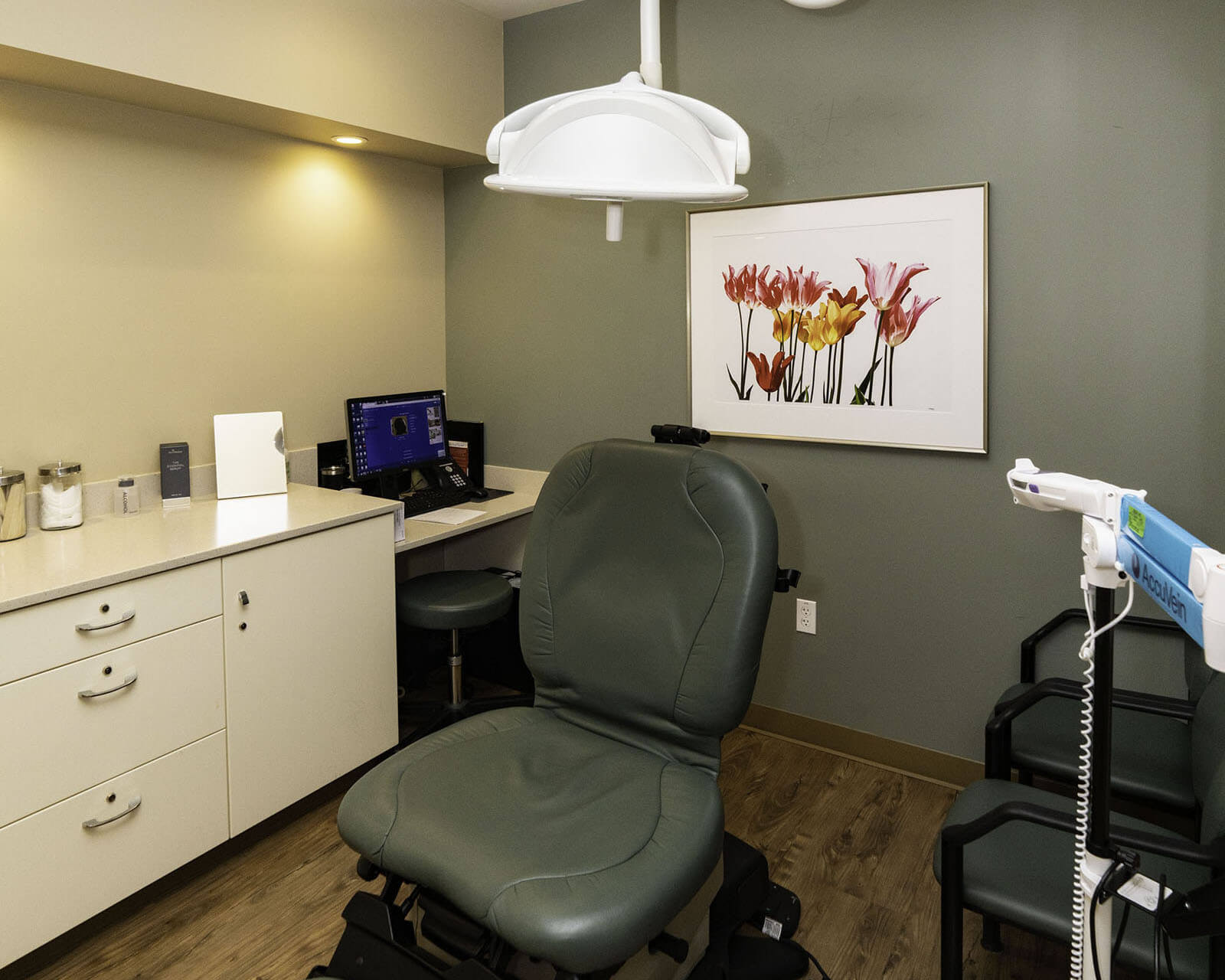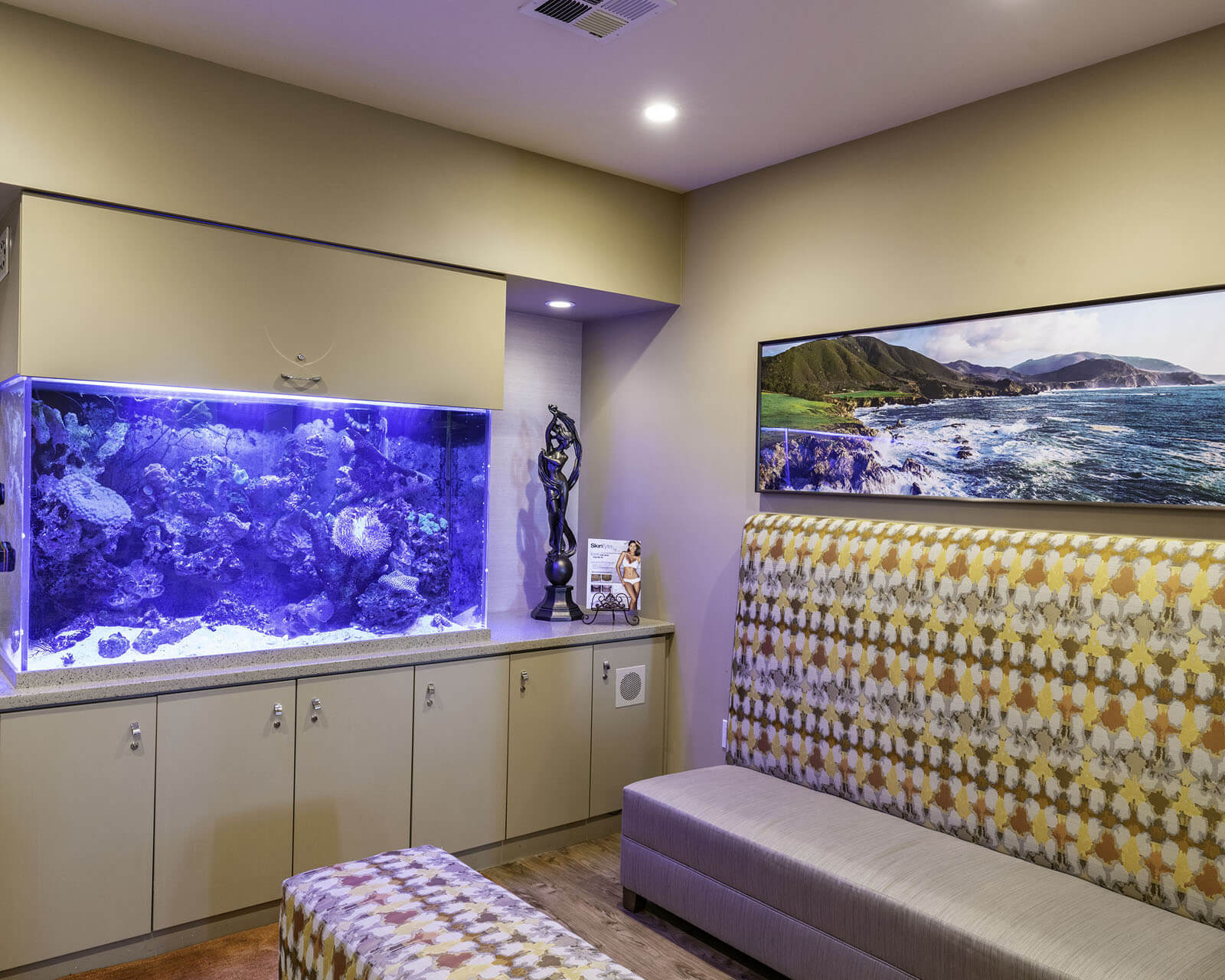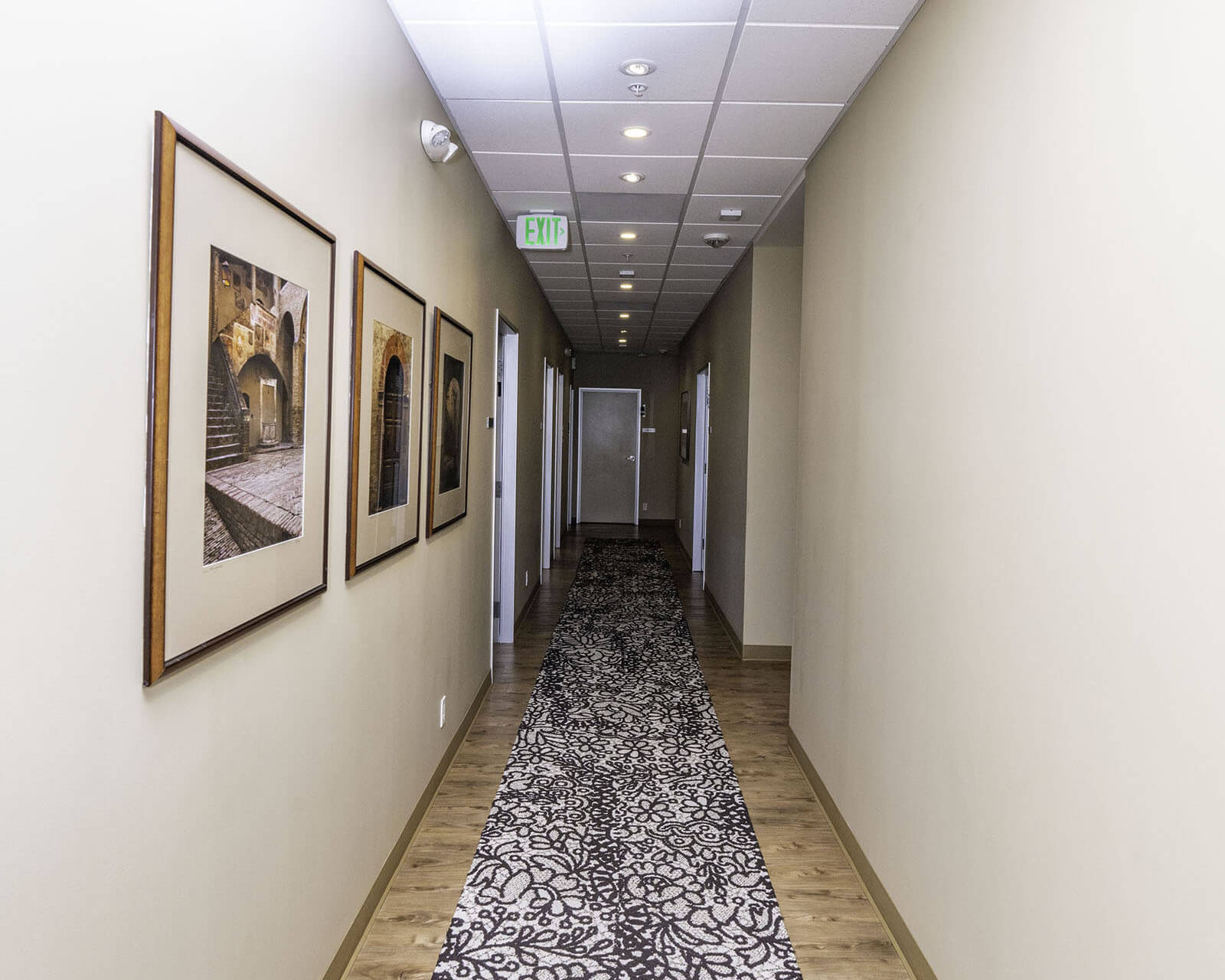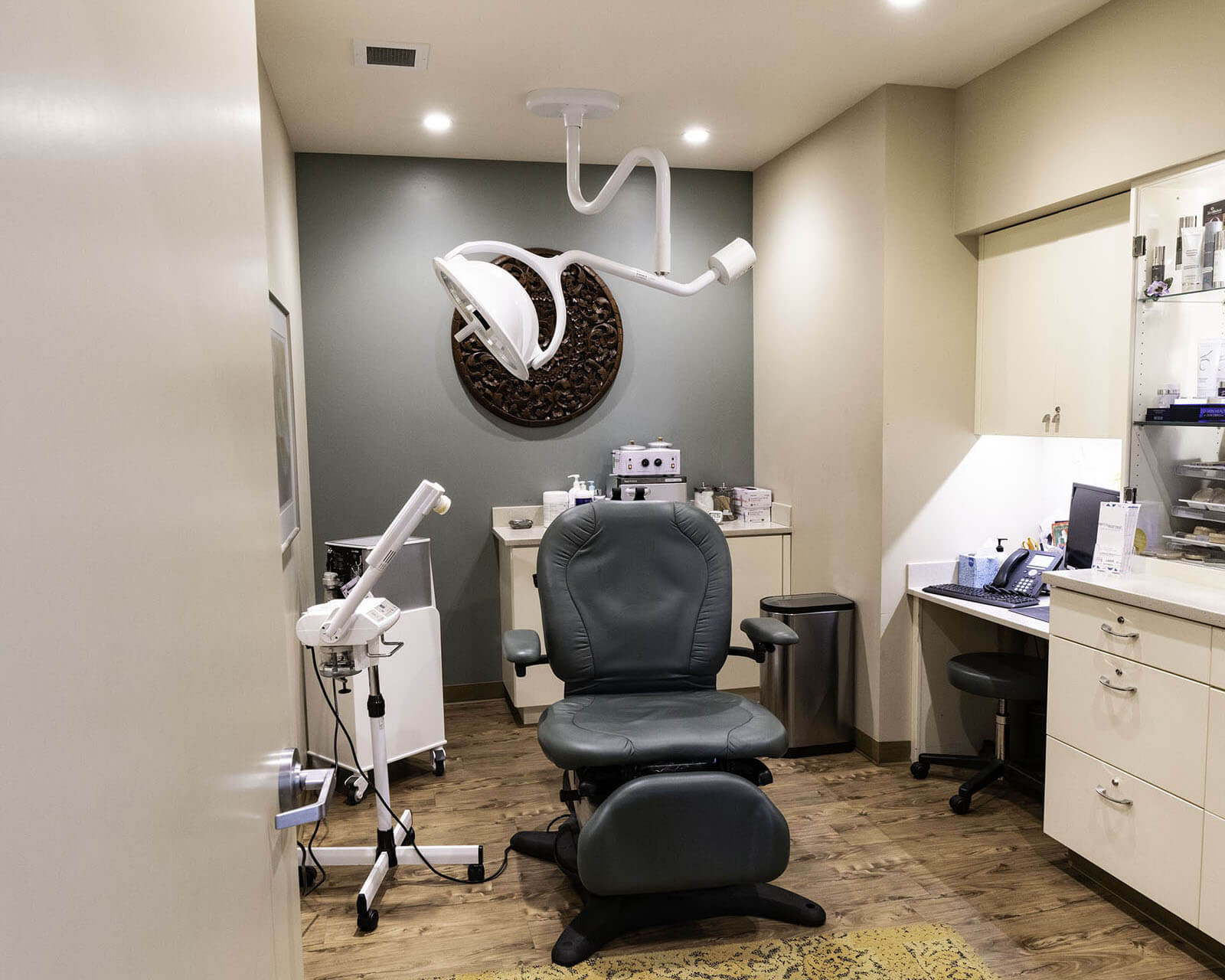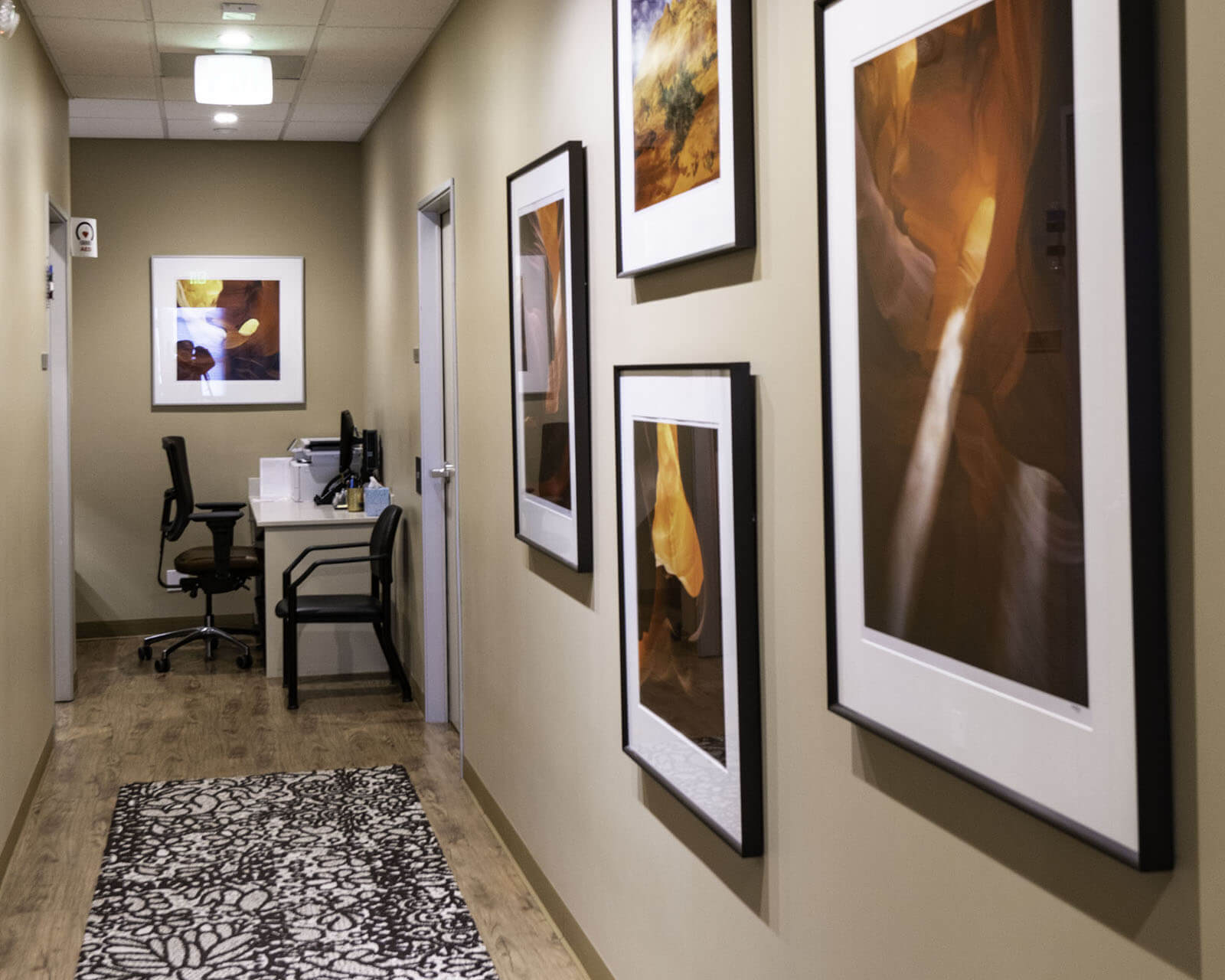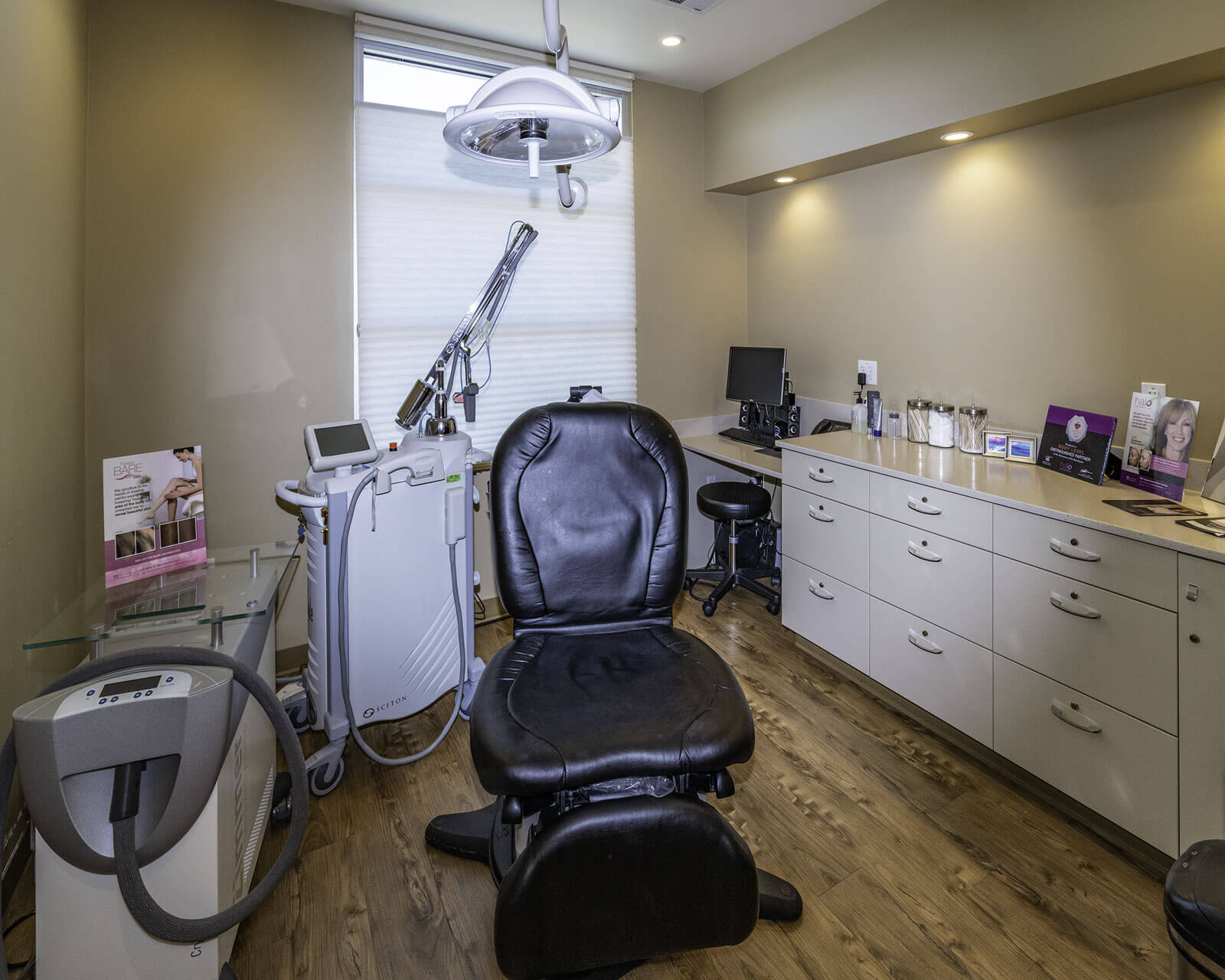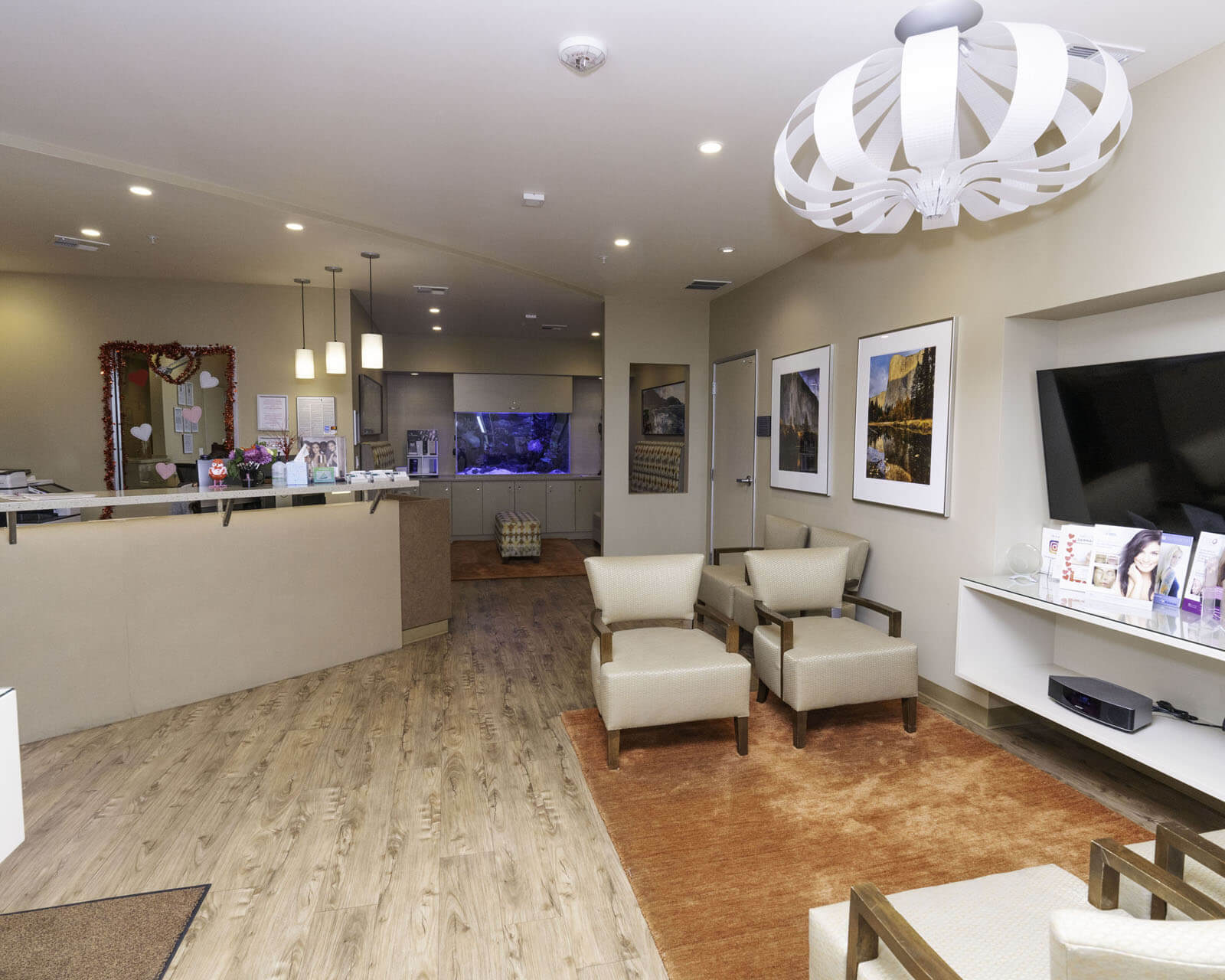Breast Reconstruction
According to the CDC, 211,731 women in the US were diagnosed with breast cancer in 2009. Cancer surgeons and Oncologists are referring patients for breast reconstruction more frequently now, so we are really seeing a lot of patients for breast reconstruction.
Breasts can be reconstructed at the time of the mastectomy (immediate reconstruction) or at a later time after completion of the mastectomy and other treatments such as chemotherapy and/or radiation (delayed reconstruction).
There are different ways to reconstruct the breast after mastectomy. We can sometimes use only the patients own tissue, sometimes use breast implants, and sometimes use a combination of implants and the patient’s own tissue. The decision of how to reconstruct the breast is based on a number of factors including size of the breast to be reconstructed, the size of the other breast, the height and weight of the patient, the severity of the cancer, and prior radiation (or expected radiation).
The most common way to reconstruct the breast is with a tissue expander to stretch the tissues, followed later by a second operation to remove the expander and place the final implant. The biggest advance in the use of tissue expanders in the last decade involves the use of Acellular Dermal Matrix, or ADM for short. This is basically human cadaver skin that has been specially treated to remove all living tissue elements, essentially leaving only a collagen matrix. The porous nature of this material allows the body’s tissues to grow into it, allowing it to become part of the body. This material is used to cover the lower half of the expander while the upper half is covered by the pectoralis muscle. The ADM helps provide more stable coverage over the implant and a smoother contour to the breast.
If a patient has a reconstruction with their own tissue, it usually is with tissue from their stomach (TRAM flap). this generally does not require the use of an implant and the patient receives the equivalent of an abdominoplasty from the operation. Tissue from the back can also be used (Latissimus dorsi skin/muscle flap) and generally but not always requires the use of a tissue expander or implant.
Regardless of what method is used to reconstruct the breast after mastectomy, breast reconstruction can do a lot to help women deal with the trauma of breast cancer. Every woman who has breast cancer should at least TALK with a Plastic Surgeon about reconstruction to see what their options are.
Dr. Romans

